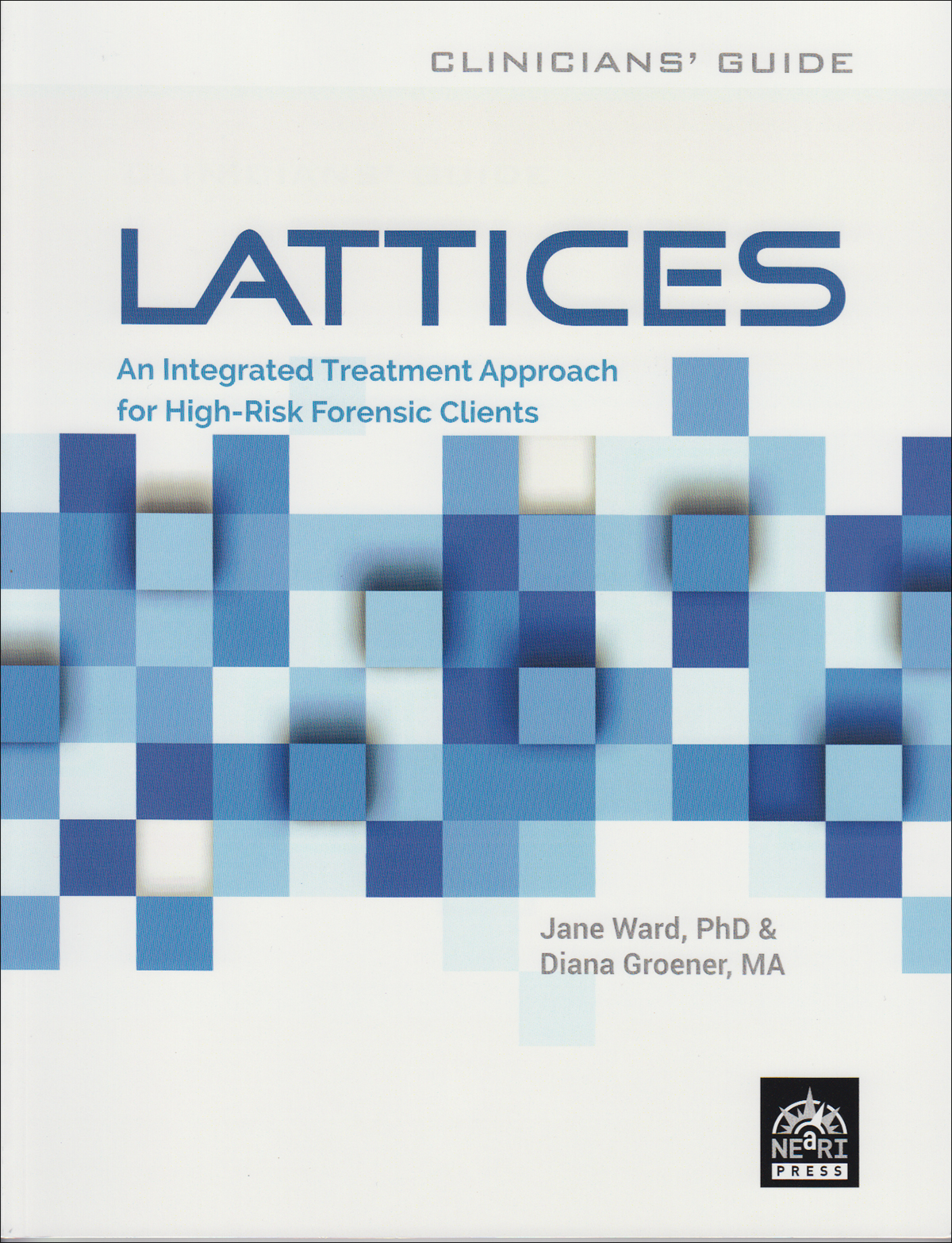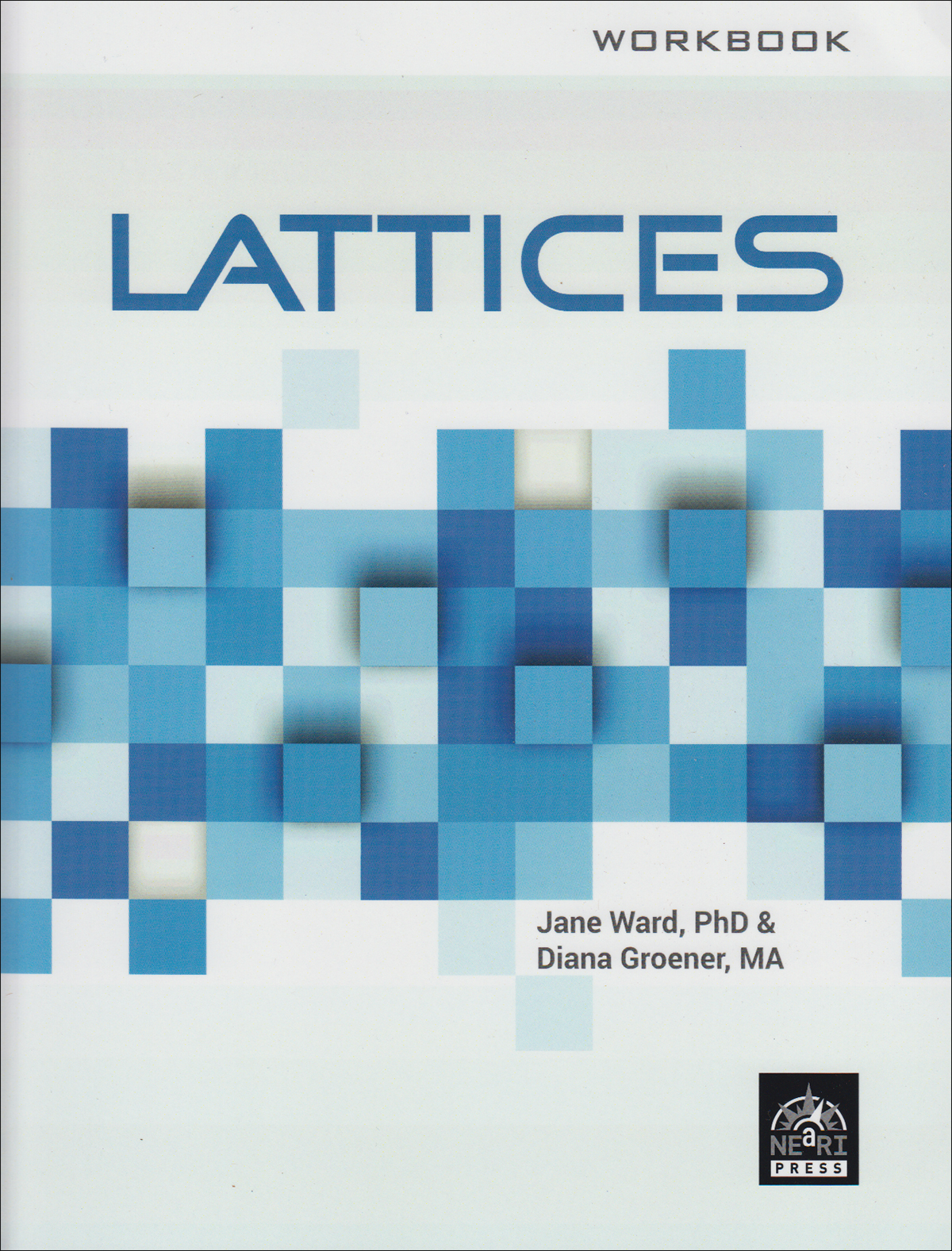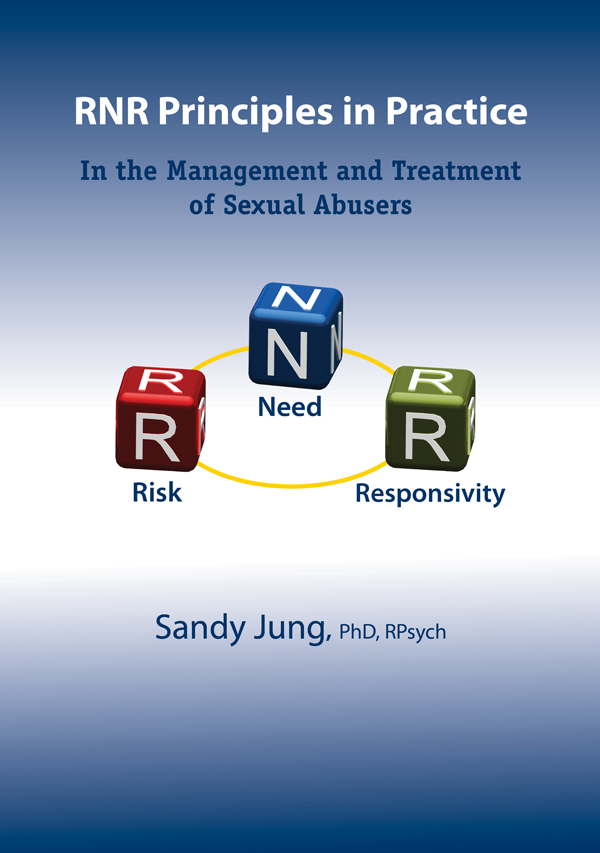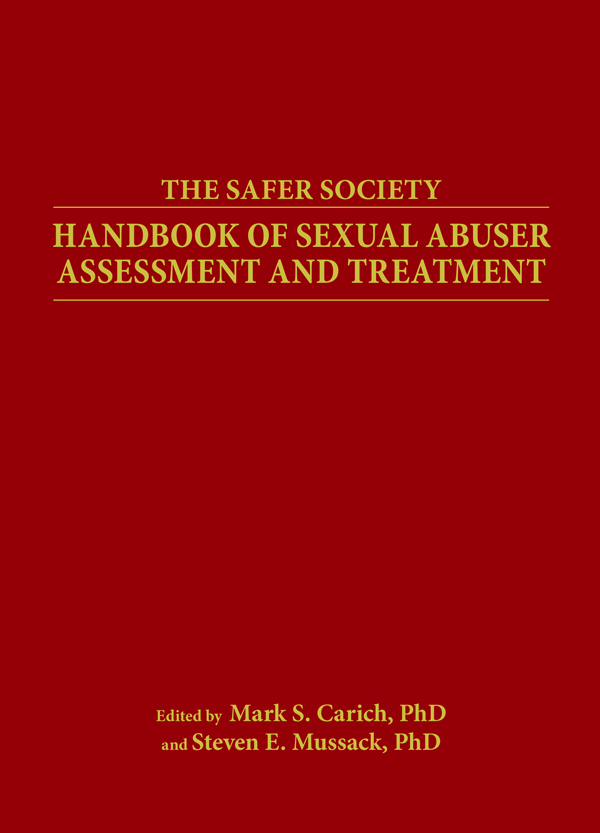Home / Shop / For Adult Clients / Professional Books for Working with Adult Clients
LATTICES: Clinicians' Guide

- Description
- Specifications
LATTICES: Clinicians' Guide
An Integrated Treatment Approach for High-Risk Forensic Clients
By Jane Ward, PhD & Diana Groener, MA
The LATTICES™ program was developed to assist forensic practitioners in the difficult task of working with individuals receiving inpatient or outpatient care who are considered high risk. The program can be used for any person who has engaged in violent behavior, a person with a history of sexual offenses, a person who has committed intimate partner violence, or any individual with a criminally oriented lifestyle and history. High-risk clients cause the greatest harm in society, and addressing their treatment needs has the potential of making the most widespread impact on community safety. High-risk clients’ criminogenic treatment needs are unique and complex and are generally not addressed by more conventional treatment programs. The LATTICES program can be used by therapists in both group and individual treatment modalities.
The LATTICES™ Clinicians' Guide is a complete manual with instructions and guidelines for implementing this unique treatment curriculum.
Who needs LATTICES™?
- Group facilitators
- Individual treatment providers
- Program administrators
- Clinical supervisors
LATTICES™ provides:
- A powerful 37-module treatment curriculum
- Concrete approaches for facilitating a high-risk group
- Methods for addressing safety concerns
- A description of effective facilitator characteristics
- Guidance for building a change-supporting treatment group culture.
Meeting a Critical Need in Treatment Resources
Created to fill a significant gap in available resources for high-risk populations, this guide applies the authors' extensive clinical experience to address the unique challenges these clients present. Ward and Groener developed LATTICES™ after recognizing that existing treatment programs often failed to address the specific needs of high-risk clients, particularly those with antisocial personality traits or psychopathic tendencies. The LATTICES™ program is built on the foundation of the risk-need-responsivity (RNR) principles, which research consistently shows is effective for reducing recidivism among forensic populations.
The RNR Framework in Practice
The guide provides clear instruction on implementing the three core principles of RNR: matching treatment intensity to client risk level (risk principle), addressing specific criminogenic needs tied to recidivism (need principle), and adapting interventions to the client's learning style and abilities (responsivity principle). This framework helps therapists allocate resources effectively and focus on factors most likely to reduce harmful behaviors.
Key Components of the LATTICES™ Approach:
The guide introduces the LATTICES™ mnemonic, which forms the backbone of treatment:
- Long-term lifestyle: Creating sustainable positive change, one choice at a time
- Act accountably: Taking responsibility for actions, learning to do better
- Take time: Pausing before acting impulsively
- Think about thinking: Recognizing and improving cognitive distortions
- Integrity inside: Seeing the importance of being reliable and honest
- Consider the consequences: Understanding behavioral impacts
- Effort for excellence: Overcoming setbacks, making sacrifices
- See the situation: Perceiving reality accurately
Therapists are encouraged to review this mnemonic during every session, reinforcing these concepts throughout the treatment process. The structured repetition helps clients internalize these principles over time, making them more likely to apply them outside the therapeutic setting.
Practical Application
Each session in the guide follows a thoughtful structure designed to maximize client engagement and learning. Therapists are provided with specific treatment targets for each module, along with detailed notes to prepare them for common challenges. Group activities are broken into teaching components, discussion prompts, and brainstorming exercises that encourage active participation.
The guide offers extensive examples of thinking errors such as "anger storm," "all or nothing," "justifying," "playing the victim," and "criminal thinking," paired with replacement thoughts. Homework assignments conclude each section, with recommendations for efficiently reviewing the assignments to ensure client understanding without overwhelming the session time. The authors suggest spending no more than five minutes reviewing homework assignments, focusing on clarification rather than in-depth discussion. Homework review gives therapists a chance to reinforce prosocial thoughts and behaviors.
Understanding Client Needs
A unique aspect of this guide is its "differently brained" approach to understanding clients with antisocial personality traits or high psychopathy. The authors dedicate an entire chapter to explaining how atypical brain development affects decision-making, emotional learning, and social cue interpretation. This perspective helps therapists adjust their expectations and treatment approach accordingly, moving away from traditional insight-oriented approaches that may be ineffective with this population.
“We have found it helpful to think of our high-risk clients as 'differently brained,' a term that we have coined to capture the idea that they approach the world in a fundamentally different way than more conventional offenders and noncriminal individuals.”
The guide emphasizes that treatment goals for high-risk clients differ from conventional therapy. Rather than focusing on empathy development—which may be counterproductive—LATTICES prioritizes addressing criminogenic thinking and harm reduction. The primary goal becomes reducing the frequency and severity of criminal activities through practical skills and cognitive restructuring.
Containment Model and Professional Collaboration
 The guide describes the implementation of a containment model, which emphasizes that treatment involves close collaboration with probation officers and other professionals to monitor and support clients effectively. This multi-disciplinary approach creates a network of oversight and support that enhances treatment outcomes and community safety. Therapists learn how to communicate effectively with criminal justice partners while maintaining appropriate therapeutic boundaries.
The guide describes the implementation of a containment model, which emphasizes that treatment involves close collaboration with probation officers and other professionals to monitor and support clients effectively. This multi-disciplinary approach creates a network of oversight and support that enhances treatment outcomes and community safety. Therapists learn how to communicate effectively with criminal justice partners while maintaining appropriate therapeutic boundaries.
“In the containment model, professionals work together to curtail a client’s harmful behavior in the community. As part of the “containment team” in outpatient work, we work in close conjunction with probation officers, polygraphers, and other professionals. Treatment providers are another “pair of eyes” on the client on a frequent basis. Communication between treatment and probation creates an encompassing presence that attempts to support the client’s progress and protect the community.”
Integration with Client Materials
The LATTICES™ Clinicians’ Guide works alongside the LATTICES™ Workbook, providing the framework and instructions, while the workbook serves as the client-facing tool. This integrated approach ensures consistency throughout the treatment process. For each exercise in the workbook, the guide provides additional context, expected outcomes, and strategies for managing resistant clients or difficult group dynamics. The Workbook is not a stand-alone tool. Rather it is an opportunity to engage client learning styles by visually organizing information and offering note-taking opportunities.
Specialized Training for Challenging Populations
The authors emphasize the importance of specialized training for working with high-risk clients, offering guidance on maintaining professional boundaries, recognizing manipulation, and avoiding common pitfalls. The guide suggests strategies for rewarding small successes and maintaining program flexibility while adhering to core principles.
The LATTICES™ Clinicians’ Guide is an essential resource for professionals seeking effective, research-based strategies for working with challenging client populations where conventional therapeutic approaches often fall short. Its practical, straightforward approach makes it accessible to both experienced forensic practitioners and those new to working with high-risk clients.
Lattices: Clinicians' Guide
ISBN: 978-1-929657-08-7
Spiral binding, 108 pages




